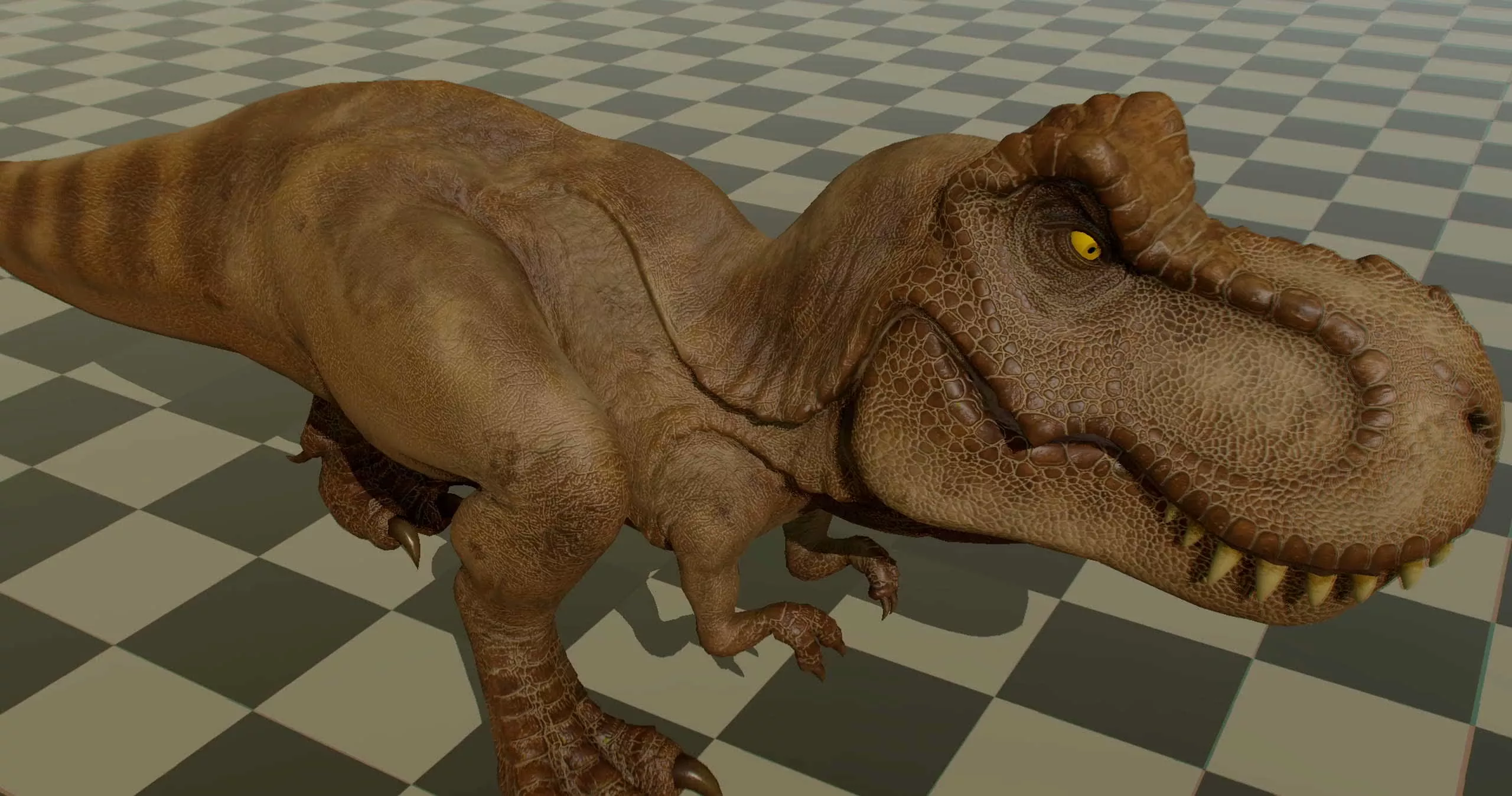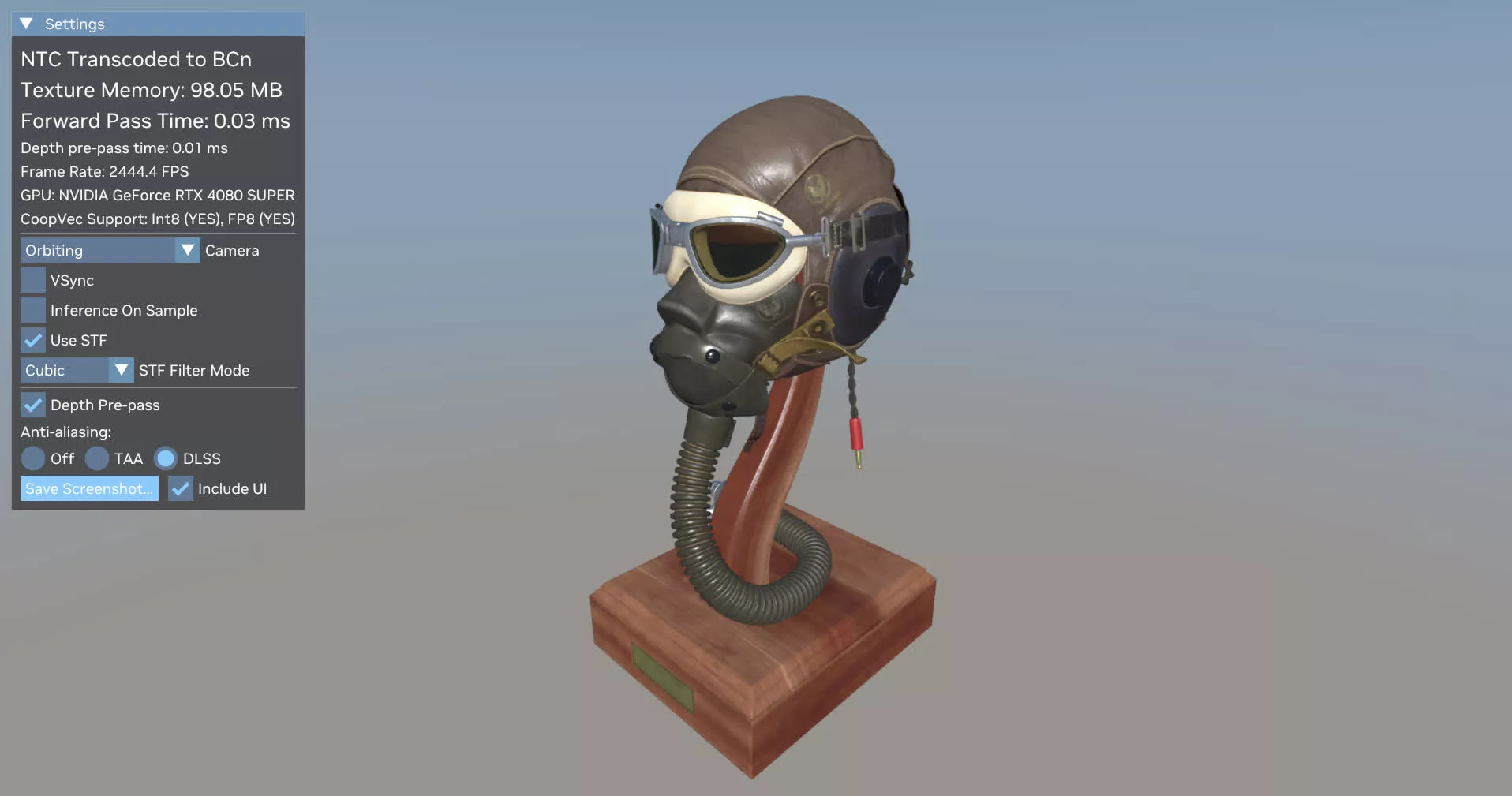In context: Modern game engines can put severe strain on today's hardware. However, Nvidia's business decisions have left many GPUs with less VRAM than they should. Fortunately, improved texture compression in games helps make the most of what's available.
Neural Texture Compression (NTC) is a new technique that improves texture quality while reducing VRAM usage. It relies on a specialized neural network trained to compress and decompress material textures efficiently on the fly.
Nvidia has been developing the technology for years, though no developer has released a game that takes full advantage of it. Even so, PC gaming enthusiasts have shown that it works – and that it could have a significant impact on the industry.
Compusemble, a YouTube channel focused on PC gaming and tech, recently shared a new video highlighting NTC's impressive capabilities. After an initial look earlier this year, the channel tested two NTC samples – one from Intel and one from Nvidia.
The Intel example features a walking dinosaur, demonstrating how NTC outperforms standard block compression. The technology cuts VRAM use dramatically while maintaining nearly identical visual quality to uncompressed textures.
However, both demos reveal that NTC demands significant computational power, making Cooperative Vectors essential for efficiently using a GPU's VRAM without sacrificing frame rates. Cooperative Vectors accelerate AI workloads for real-time rendering by optimizing vector operations, delivering a noticeable performance boost in both AI training and game rendering.
Intel said it designed its T-Rex demo to specifically showcase Cooperative Vectors, a new feature in DirectX 12. The technology offers a standardized, cross-vendor approach to hardware-accelerated matrix multiplication units and works across different discrete GPU brands.
Cooperative Vectors could help developers optimize AI-driven graphics techniques without being locked into a single GPU manufacturer's ecosystem.
According to Compusemble's tests, Cooperative Vectors cut the average frame rendering time in Intel's dino demo at 4K (with NTC) from 5.77ms to 0.11ms – a 98-percent reduction. Nvidia's demo shows a smaller but still significant improvement, dropping from 1.44ms (4K, DLSS, NTC) to 0.74ms, a 49-percent decrease. Meanwhile, NTC reduces texture memory usage from 272MB uncompressed to just 11.37MB.
Neural Texture Compression demo shows it can do wonders for VRAM usage

